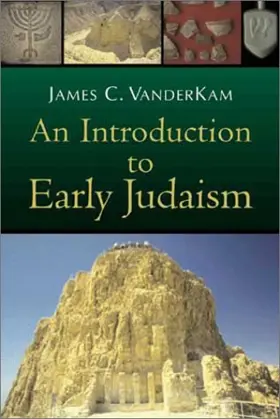

An Introduction to Early Judaism
James C. VanderKam, one of today’s most respected scholars of biblical history and the Dead Sea Scrolls, here offers a superb new introduction to early Judaism. Based on the best, most recent archaeological research, this illustrated volume explores the history of Judaism during the Second Temple period (516 B.C.E.–70 C.E.), describing the body of Jewish literature written during these centuries and the most important groups, institutions, and practices of the time. Particularly interesting are VanderKam’s depiction of events associated with Masada and the Kokhba revolt, and his commentary on texts unearthed in places like Elephantine, Egypt, and Qumran. Scholarly yet written in the same accessible style as VanderKam’s widely praised Dead Sea Scrolls Today, this volume is the finest introduction to early Judaism available.

